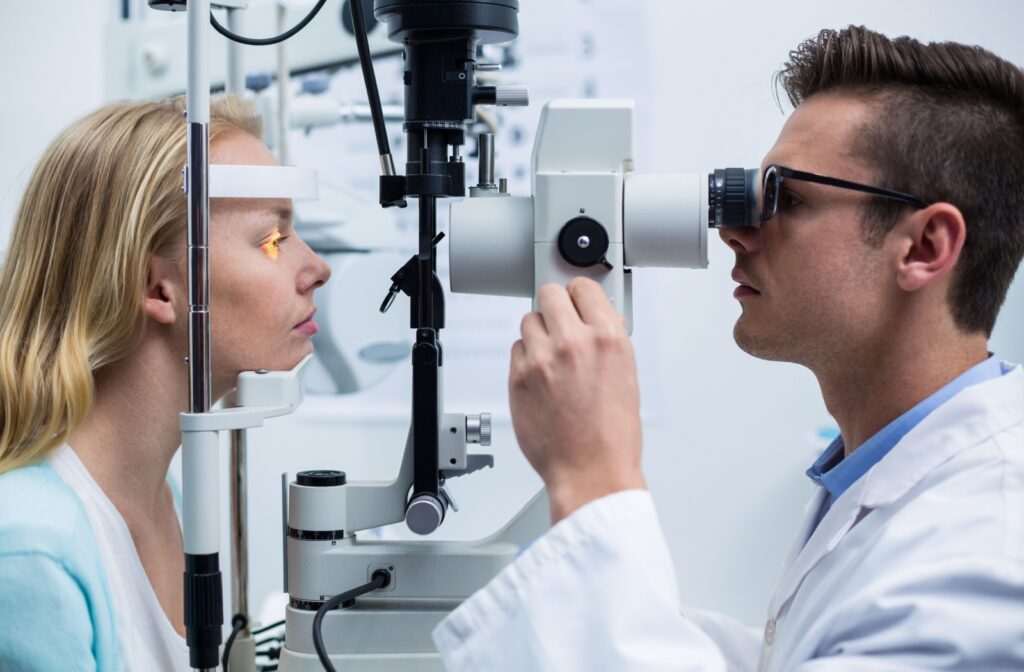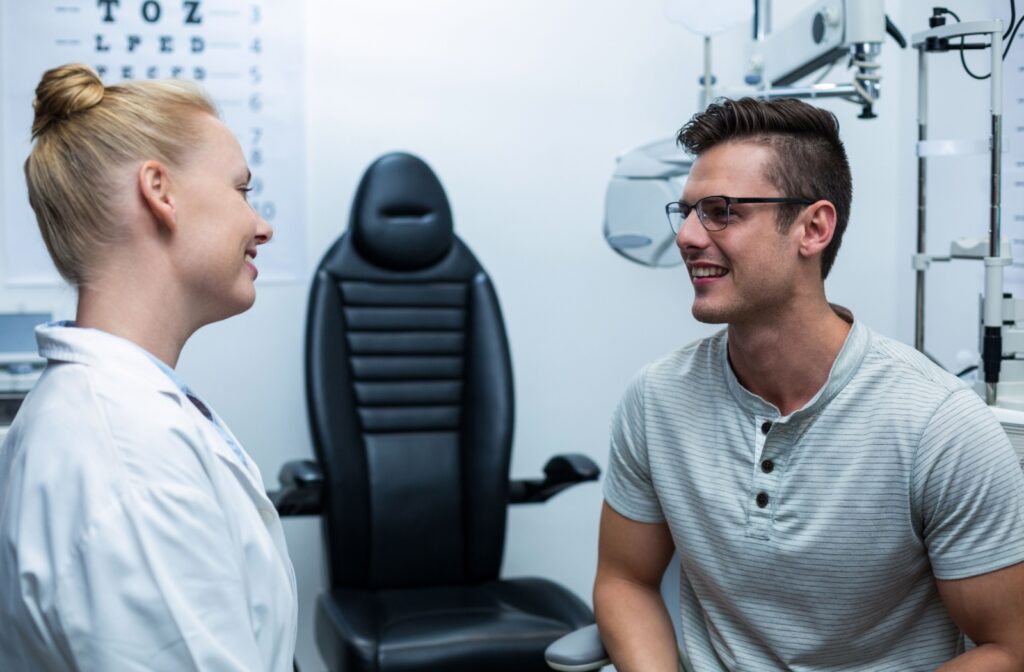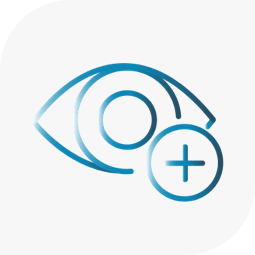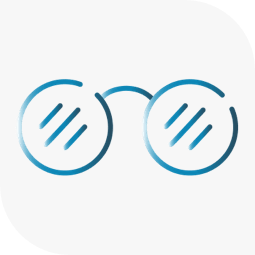Many Canadians are skipping their regular eye exams and not always because they lack coverage. Some individuals have the benefits but just don’t use them.
The reasons vary—some think the cost is too high, while others don’t go because they’re not experiencing any noticeable vision loss. About 75% of vision loss is preventable and treatable if caught early through regular eye exams. So, it’s really important not to neglect these appointments.
Understanding what services are covered by the Ontario Health Insurance Plan (OHIP) can sometimes feel like deciphering a complex puzzle. Eye care is a crucial aspect of overall health, but are eye exams covered by OHIP?
OHIP doesn’t fully cover all eye-related services. The exact coverage can depend on different eligibility criteria based on age. It can be helpful to talk to the eye doctors at Collingwood Optometry regarding coverage options before your appointment.
The Basics of OHIP Coverage
OHIP is the provincial health insurance program that covers medically necessary physician and hospital services in Ontario. However, it’s essential to note that OHIP does not cover all healthcare services. Some services, including certain medical procedures, treatments, and tests, may not be covered or may only be partially covered.
There have also been some changes in Ontario recently that affect coverage for some individuals. For example, starting from September 1, 2023, only those individuals between 20-64 with chronically progressive conditions will be covered. Seniors and children maintain their coverage with a few caveats.
Eye Exams & OHIP
In Ontario, routine eye exams, which are generally conducted to assess vision and prescribe corrective lenses, aren’t typically covered by OHIP for individuals between the ages of 20 and 64. This means that a large portion of the adult population in Ontario has to bear the cost of these exams themselves or through private insurance.
However, it is worth noting that OHIP does provide coverage for specific populations. For example, people under 20 or over 64 with a specific sight-threatening condition are eligible for a maximum of 1 comprehensive eye examination annually.
Also, starting from September 1, 2023, patients aged 65 and over without a serious sight-threatening condition are eligible for an OHIP-insured comprehensive eye examination once every 18 months from an optometrist.
Exceptions to the Rule
Individuals at any age with specific eye conditions that require medically necessary eye exams may find coverage through OHIP. These conditions include diabetes, glaucoma, cataracts, and progressive retinal diseases, among others. Coverage is typically contingent on the medical necessity of the exam and the presence of qualifying criteria.
Alternative Options for Eye Care
For individuals not covered by OHIP for routine eye exams, there are alternative options available to access eye care services:
- Private Insurance: Many employer-sponsored or individually purchased insurance plans offer coverage for routine eye exams and vision care expenses. It’s essential to review the specifics of your insurance policy to understand what is covered and any associated costs or limitations.
- Out-of-Pocket Payment: Individuals without insurance coverage for eye exams may choose to pay out of pocket for these services. Some eye doctors offer flexible payment options for out-of-pocket expenses, so talk to your optometrist to learn about your options.
- Community Programs & Clinics: Some community organizations, charitable foundations, and government initiatives may provide access to subsidized or free eye care services for individuals in need. These programs aim to ensure that all individuals have access to essential eye care, regardless of their financial circumstances.
How Often Should You Have an Eye Exam?
Vision problems can be stealthy and don’t always show noticeable signs or symptoms in the beginning, therefore, it’s important to regularly visit your optometrist’s office to get checked for any early signs of eye disease. Detecting symptoms early on means you can start treatment sooner.
According to the Canadian Association of Optometry, here’s how often you should be getting your eyes checked:
- If you’re between 20 and 64, try to get an eye exam at least every 2 years.
- If you’re between 40 and 64, you should have your eyes examined every 1–2 years.
- And if you’re 65 or older, you should be getting an annual eye exam.
Keep in mind though, your optometrist might suggest more frequent checkups based on your eye health, your overall personal and family health history, or if you’re at risk for eye disease.

Navigating Eye Care in Ontario
While OHIP doesn’t generally cover routine eye exams for adults aged 20 to 64, it’s crucial to prioritize eye health by seeking regular comprehensive eye exams, especially for children, older adults, and individuals with specific eye conditions.
By staying informed about your coverage options, leveraging private insurance, exploring community programs, or paying out of pocket, Ontarians can prioritize their eye health and access comprehensive eye care when needed.
Remember, proactive eye care is key to maintaining optimal vision and overall well-being for individuals of all ages. Collingwood Optometry encourages you to reach out and book your eye exam today!























